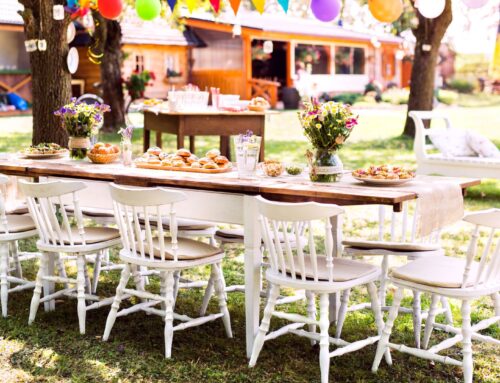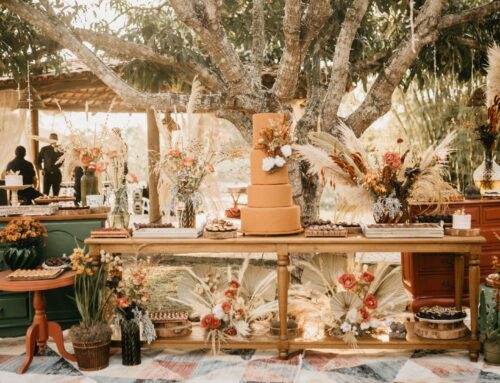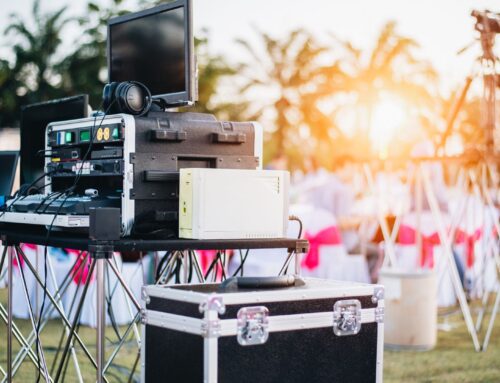Securing Your Canopy in Strong Winds – Essential Tips
When setting up an outdoor event, ensuring your canopy remains secure in strong winds is crucial for the safety and comfort of your guests. Are you worried about your canopy blowing away? Discover how to keep it secure with our expert tips!
Understanding Canopy Vulnerability to Strong Winds
Canopies, while providing excellent shelter and style for outdoor events, are inherently vulnerable to strong winds. Understanding these vulnerabilities is the first step in securing your canopy.

Key Vulnerabilities:
- Canopy Legs: The main support structures of the canopy, which can easily become unstable in high winds. If the legs are not properly anchored, even moderate gusts can lift and move the entire structure, posing a danger to guests and damaging the canopy.
- Guy Lines: These are essential for stabilizing the canopy but can fail if not properly secured. Guy lines that are too loose or not anchored at the correct angle can lead to instability, making the canopy susceptible to wind.
- Anchoring Systems: Poorly chosen or inadequately installed anchors can lead to the canopy being blown away. The right anchoring system is crucial for keeping the canopy secure in various weather conditions.
Statistics:
- 75% of outdoor events experience some form of wind-related issue. This highlights the importance of proper canopy setup and anchoring.
- Over 60% of canopy failures are due to improper anchoring. This statistic underscores the need for choosing the right anchoring system and ensuring it is correctly implemented.
Essential Canopy Reinforcement Techniques
Reinforcing your canopy can significantly enhance its wind resistance. Here are some effective techniques to ensure your canopy remains stable even in strong winds:
- Use Heavy-Duty Materials:
- Opt for heavy-duty canopies and guy lines designed for high winds. These materials are specifically engineered to withstand stronger gusts and provide better overall stability.
- Pop-up canopy models with reinforced frames and wind-resistant fabric are ideal. These canopies are built with sturdier materials and feature designs that reduce wind resistance.
- Secure Canopy Legs:
- Utilize sandbags or water weights to add stability. These weights are easy to attach to the canopy legs and provide significant additional support.
- Attach weights to each leg to prevent movement. This is particularly important for larger canopies that are more susceptible to being lifted by the wind.
- Enhanced Guy Lines:
- Use thick, durable guy lines. These lines should be made of materials that can withstand high tension without fraying or breaking.
- Secure them at 45-degree angles for optimal tension. This angle provides the best resistance against lateral wind forces.
Checklist for Reinforcement:
- Heavy-duty materials
- Sandbags or water weights
- Durable guy lines at 45-degree angles
Choosing the Right Anchoring System
Selecting the appropriate anchoring system is crucial to secure your canopy from blowing away. There are several options, each suitable for different weather conditions and ground types.

Tent stakes are ideal for grassy or soft ground. They are easy to use and affordable, but they are less effective on hard surfaces. For hard surfaces like concrete, sandbags or water weights are perfect. They provide excellent stability and are reusable, though they can be heavy to transport. Auger anchors work best for sandy or loose soils. These anchors screw into the ground for a firm grip and are very durable, but they require more effort to install.
Choosing the right system depends on your specific needs and the environment where you will set up your canopy. Ensure that each anchoring system is used correctly to maximize its effectiveness in securing your canopy against heavy winds.
Regular Canopy Inspection and Maintenance
Regular inspections and maintenance are vital to ensure your canopy remains secure, especially during unpredictable weather conditions.
Inspection Checklist:
- Check for Wear and Tear:
- Inspect the canopy fabric for rips or weak spots. Small tears can quickly become larger under stress, compromising the canopy’s stability.
- Examine the frame for any signs of rust or damage. Rust can weaken metal components, making them more likely to fail under pressure.
- Guy Lines and Stakes:
- Ensure guy lines are taut and not frayed. Over time, exposure to the elements can weaken these lines, so regular replacement may be necessary.
- Check stakes for secure placement and damage. Bent or damaged stakes are less effective at holding the canopy in place.
- Weather Forecast Monitoring:
- Always check the weather forecast before setting up your canopy. Knowing what to expect allows you to take necessary precautions.
- Be prepared to take down or reinforce the canopy if heavy winds are predicted. It’s better to dismantle the setup temporarily than risk damage or injury.
Maintenance Tips:
- Regular Cleaning: Keep the canopy clean to prevent material degradation. Dirt and debris can cause wear and tear on the fabric and frame.
- Storage: Store in a dry, cool place to avoid damage from moisture and extreme temperatures. Proper storage extends the lifespan of your canopy.
Emergency Procedures for Severe Weather
In case of unexpected severe weather, having an emergency plan can prevent damage and ensure safety.

Emergency Steps:
- Monitor Weather Conditions:
- Use weather apps to receive real-time updates. These apps can alert you to sudden changes in weather conditions, giving you time to act.
- Act quickly if high winds are approaching. Don’t wait until the last minute to secure or dismantle the canopy.
- Reinforce Immediately:
- Add extra weights or stakes if winds increase. This additional support can make a significant difference in keeping the canopy stable.
- Lower the canopy height to reduce wind exposure. A lower profile reduces the surface area exposed to the wind, making the canopy less likely to catch gusts.
- Evacuation Plan:
- Ensure all guests know the evacuation plan. Clear communication can prevent panic and ensure everyone’s safety.
- Have a designated safe area away from the canopy. This ensures that guests are not in harm’s way if the canopy does collapse.
Three-Step Process for Severe Weather:
- Monitor weather continuously.
- Reinforce the canopy structure.
- Evacuate guests if necessary.
Local Building Codes and Regulations
Compliance with local building codes and regulations ensures the safety and legality of your canopy setup.
Important Regulations:
- Permits: Some areas require permits for large canopies. Check with local authorities to determine if a permit is needed for your event.
- Safety Standards: Adhere to safety standards for wind resistance. These standards are designed to ensure that canopies can withstand certain wind speeds without failing.
- Inspection Requirements: Regular inspections may be mandated by local authorities. Keeping up with these inspections can help prevent accidents and ensure your canopy remains in good condition.
How to Stay Compliant:
- Research Local Codes: Understand the specific requirements for your area. Local regulations can vary, so it’s important to know what’s required where you are.
- Get Necessary Permits: Apply for and display required permits. Having the correct permits ensures you are compliant with local laws and can prevent fines or other issues.
- Follow Safety Guidelines: Use only approved materials and methods. Adhering to these guidelines helps ensure the safety of your guests and the longevity of your canopy.
Conclusion
Securing your canopy in strong winds is essential for a successful and safe outdoor event. By understanding vulnerabilities, reinforcing techniques, choosing the right anchoring system, and adhering to local regulations, you can ensure your canopy remains steadfast in adverse weather conditions. Ready to make your event unforgettable? Contact Brisbane Party Hire today for reliable, high-quality party equipment and supplies!





Leave a Comments